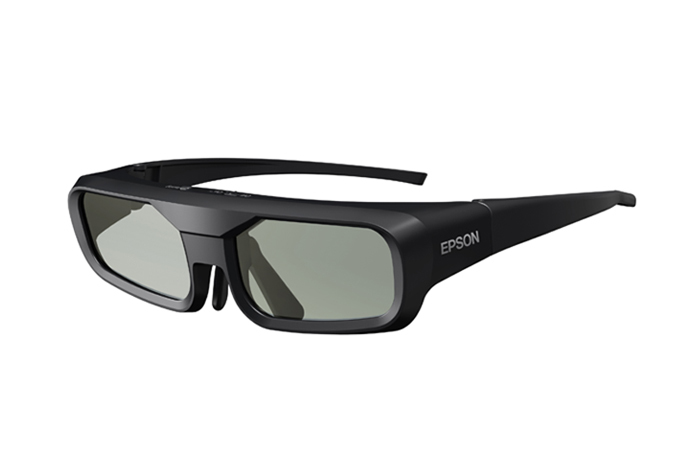While pixel shifting can’t match the resolution of a true 4K projector, it does increase sharpness and detail compared to a standard 2K projector. The Epson Home Cinema 3200 projector can accept up to a 4K@60P signal. When fed 4K content, this Epson projector uses pixel shifting to fine tune the image to more closely resemble 4K.
Pixel shifting fires each pixel twice by shifting the location by 1/2 pixel diagonally. Combined with good image processing, it does a very nice job emulating the original 4K content. In addition, the Home Cinema 3200 utilizes a high quality 12-element lens to deliver a sharp, crisp picture.
Small type and fine details that can’t be discerned on a basic 1080P projector can often be resolved with pixel shifting. It is enough to make a real readability difference on CAD, engineering and scientific drawings renderings and anything else demanding maximum detail.
It is only when you do a side-by-side comparison between a true 4K projector versus a 2K pixel shifting projector that the resolution difference is noticeable. The images below show the resolution difference between my true 4K projector and a pixel shifting HD projector like the Epson Home Cinema 3200 when displaying native 4K content.
When viewed in person, the actual differences on the screen are greater than what you are seeing on this site. This is because of the heavy compression and scaling of the images for the web, so the differences you are seeing when viewing it on this website will be less noticeable.
While a pixel shifting 2K projector can accept 4K content, the projector’s native resolution is only 2.3 MP and it won’t be as sharp/detailed as a true 4K projector (8,8 MP resolution).
In many situations the content, including movies, lacks enough fine detail required or is viewed so far away that the difference between 4K and pixel shifting cannot be perceived.
Native 4K 3LCD projectors cost at least twice as much as their pixel shifting HD counterparts. For example, a Sony VPL VW295 which is a very good 1,500 lumen native 4K 3LCD projector retails for $4,999 while an Epson HC3200 costs about a third of that amount. The Sony unit does offer more features like power zoom/lens shift and better picture quality, but more viewable resolution is probably not the reason why someone would step up to that model.
So how do I choose between a native 4K 3LCD projector or a pixel shifting 3LCD projector? To make a wise decision you must factor in your budget, what you are watching and how far away are you are watching it.






